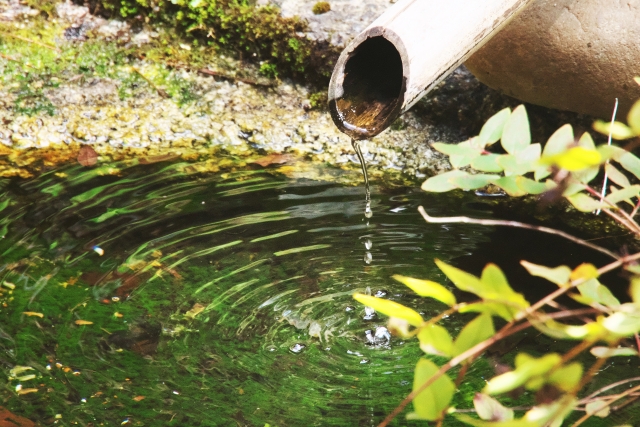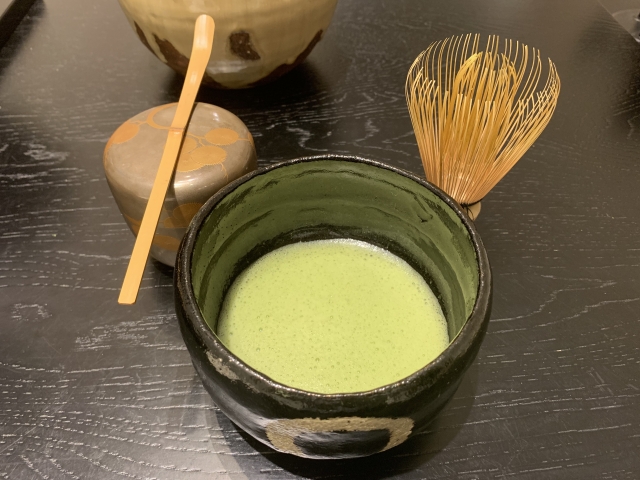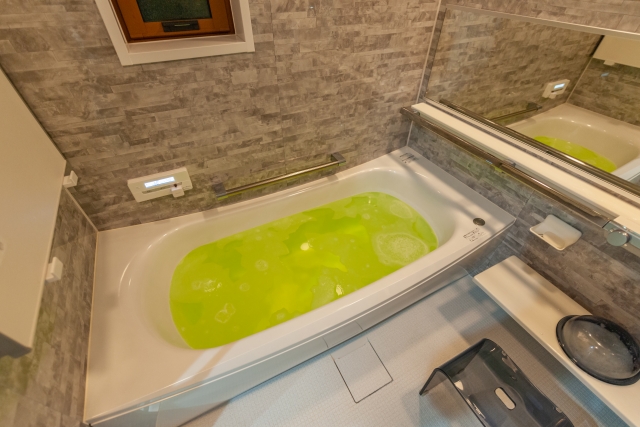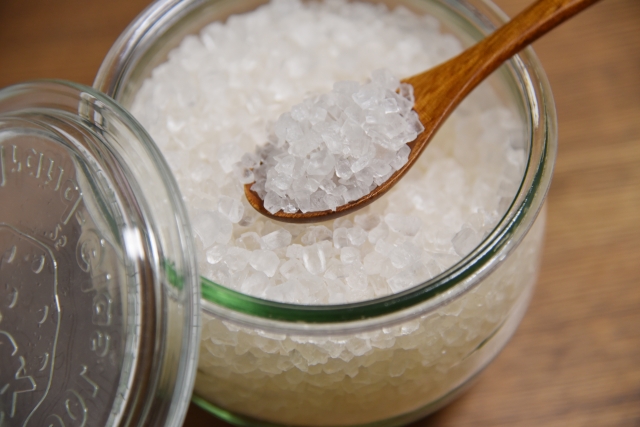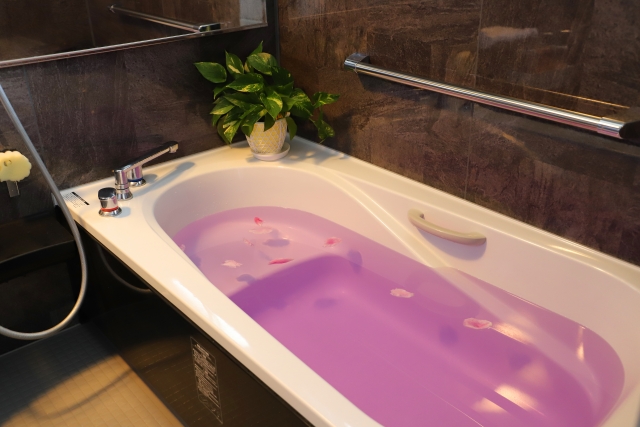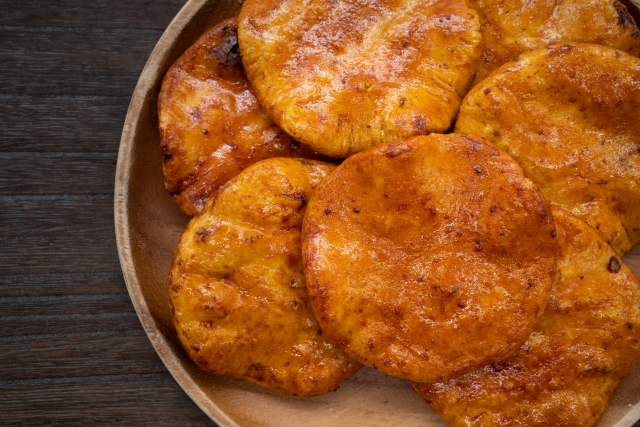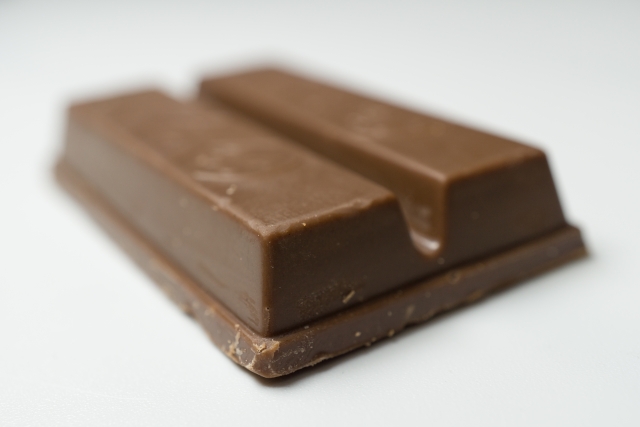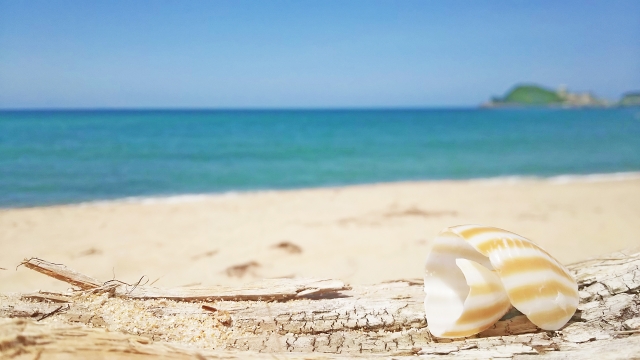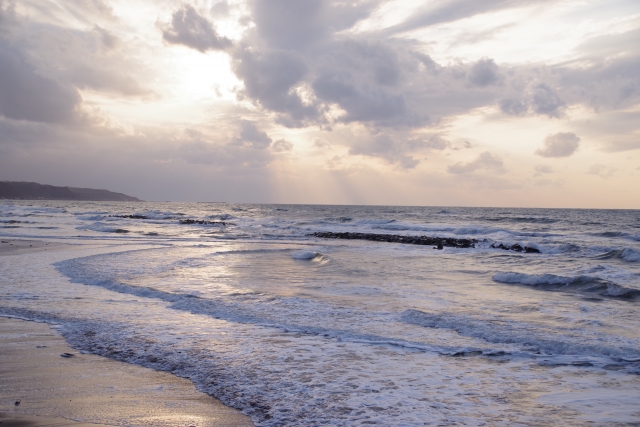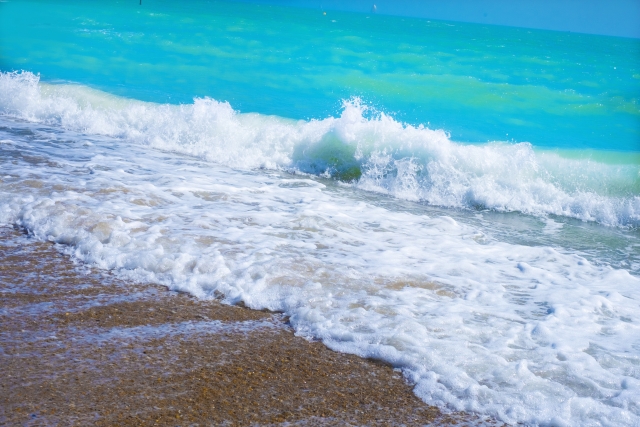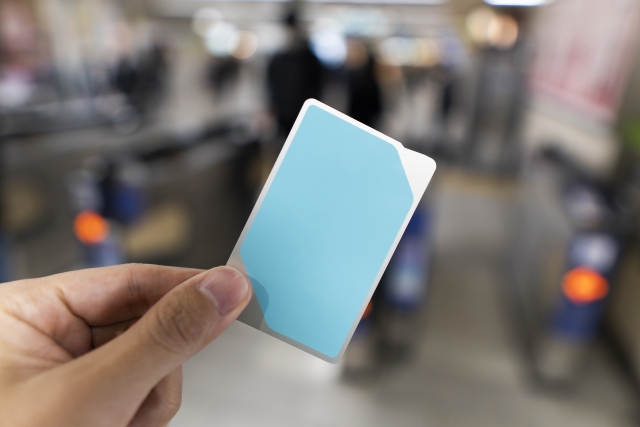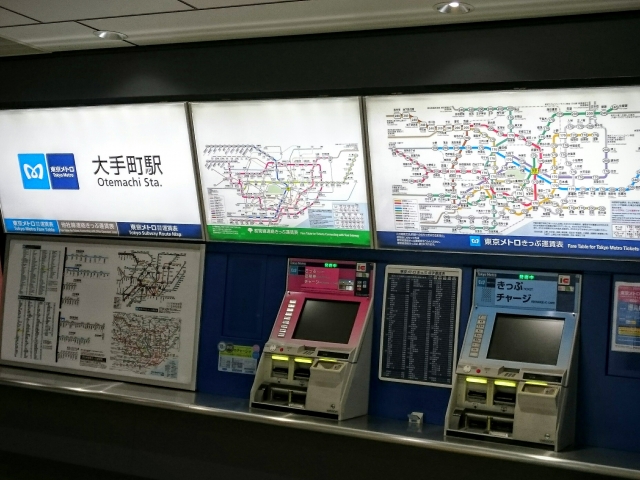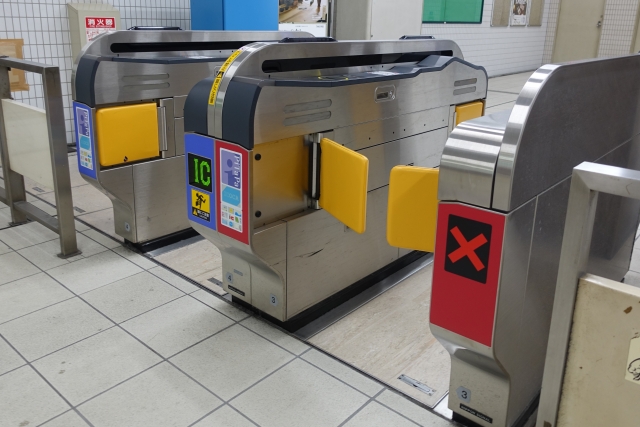Make the Most of Your Free Time!
Top photo: マサキチ_00さん on PhotoAC
So you made it to Japan and you want to find a fun way to kill your free time, or perhaps you want to find a way to immerse yourself in Japanese culture further. Well, here are some unique hobbies you can try out while you’re in Japan.
When I first came to Japan, it was quite a change. I no longer had my elaborate PC setup to spend most of my day on, and I of course couldn’t bring all my friends from home with me (even though I and they wish I could). The bottom line is, I wasn’t sure how to spend my free time here and I wanted to take advantage of the fact that I am in Japan and I discovered there are many unique activities you can get involved in here.
Let’s get the obvious one out of the way first:
Japanese Entertainment
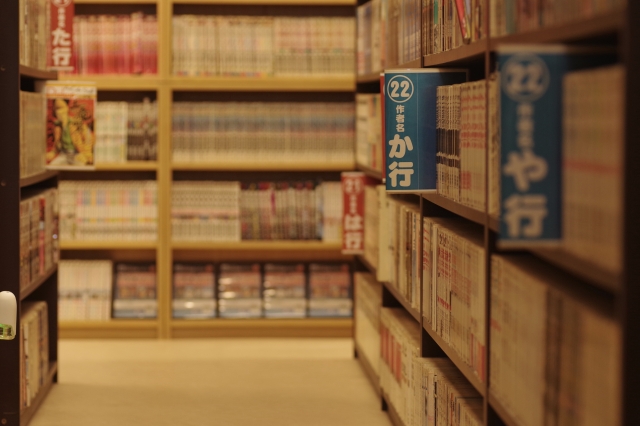
Photo credit: beauty-boxさん on PhotoAC
From anime/manga to Japanese game shows or TV and movies, Japanese media is inescapable here and probably quite a unique experience in comparison to your country’s media back home. This may not even be something you choose to spend your time on, but instead is something that might consume you without warning.
Next thing you know, you’re waking up in Akihabara wondering where the last few weeks have gone, and your wallet feeling suspiciously more light and slim than what it was like before you decided to see what all the hype around the hit anime Demon Slayer was all about. Jokes aside, there’s something available for everyone to enjoy and you’ll even find salarymen stopping by the konbini just to catch up on the latest issue of One Piece.
Consuming Japanese media in the form of books, TV, music, etc. is also a great way to brush up on your Japanese, whether that be through reading, or perhaps learning new vocabulary from a word you pick up from song lyrics. It can be so easy to just go home at the end of the day and turn Japanese off completely but Japanese media can be a great way to continue to immerse yourself throughout your day, and I have always found that learning a language through something you genuinely enjoy will give you a nice push to learn more.
Model Kit Building
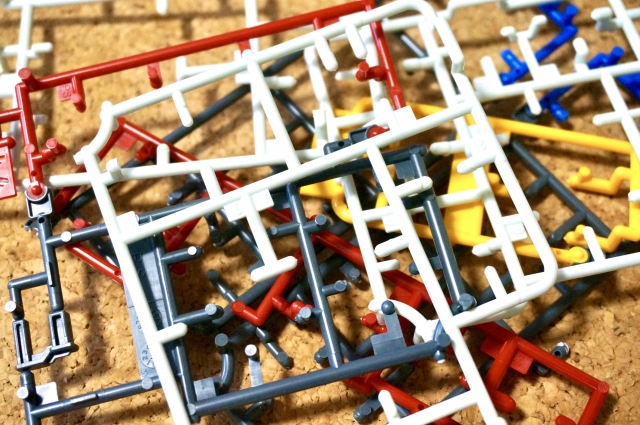
Photo credit: sumito0108さん on PhotoAC
Model kit building in Japan is kind of like Lego for adults. Generally speaking, there is no glue, screws, etc necessary to put these kits together besides a pair of nippers. They’re called snap build kits and this is thanks to the detailed planning and engineering that goes into the design of these kits, which is something to admire on its own. This can make it quite a zen experience because the building process itself can be just as jaw dropping and plain fun as marveling in the final product itself.
The most popular model kits are made by Bandai which come from the Gundam series, dubbed “Gunpla” for “Gundam” and “Plastic Model”. Bandai also makes tons of kits for other media and there are plenty of model kits out there for other interests from cars to Star Wars, and more. With Bandai’s new “Entry Grade” lineup, you can try it out for under 1500 yen for a kit and an affordable pair of nippers. If you’re at all interested, there’s little reason not to give it a shot. Be warned though, when you put that first kit together, your wallet might begin to hunger for more.
Photography
Photography certainly isn’t unique to Japan but it’s hard not to think of it as a unique experience here because of how photogenic Japan is. Whether you are in the country side, mountains, or a more urban area, it’s hard not to want to capture the sights and share them with others. Also, if you’re looking to get into the hobby and hunting for new gear, there are no better cameras in the world than Japanese cameras. From Sony, to Canon, to Fujifilm, to Nikon, you really are spoiled for choice if you’re jumping into the hobby and looking to buy new or used gear here.
Tea Ceremony
Something more on the traditional side that anyone could get involved in, is Japanese tea ceremony. It’s more than just a ceremonial way to prepare tea. Yes, at it’s basis, it is a traditional way to prepare and drink tea. However, it is practiced as a hobby and can be a gateway into a deeper understanding of Japanese culture, aesthetics, history, and really good tea and snacks.
It is difficult to describe because it is such a unique experience but some of the things you can learn about are the proper way to prepare matcha, about Japanese tea and traditional sweets, how to sit in seiza, wearing traditional Japanese clothes like kimono and yukata, experiencing what a Japanese tea room is like, about calligraphy, about Japanese pottery, and more. The list could go on and on.
I first experienced it myself in Canada for my Japanese Aesthetics class I took in University. We were taught about Japanese Aesthetics throughout the semester all through Japanese tea ceremony, which made me realize how many fascinating parts of Japanese culture you can experience and learn about just from this single practice, and I can’t recommend going and having that experience for yourself enough.
Conclusion
Regardless of how you choose to spend your time in Japan, make sure to make it memorable and take advantage of your time here. There are so many things you can experience here that you might not have a chance to experience when you return to your home country. We’ve covered only four here and there are certainly tons more.
If you found something interesting and perhaps you tried one of these hobbies out because of it, let us know! And if you would like to hear more recommendations, perhaps I will write a part 2 to this article in the future!
Take care, and enjoy!
Photo Credits:
Top photo: マサキチ_00さん on PhotoAC
1 – beauty-boxさん on PhotoAC
2 – sumito0108さん on PhotoAC
All other content (text) created by the original author and © 2022 MUSUBI by Borderlink
Top Photo provided by Onyew Bongos-Ikwue
Okinawa is one of the most famous parts of Japan. This could be because of a man named Pat Morita and a certain Karate Kid. It could also be because of the revered Okinawan Soba noodles. Maybe it’s the amazing Goya chanpuru– I know, it should not be possible for bitter gourd to taste so good. Maybe it’s the fragrant subtlety of Sanpincha, Okinawa’s version of the elegant jasmine tea.
Okinawa’s notoriety could also be a result of its beautiful beaches, the deep blue skies – vastly different from the hues around the rest of Japan; vibrant, playful, and free from fog – and, of course, the famous Okinawa Churaumi Aquarium.
It could be all of these and it could be none of these, how’s one to know? What I do know is that Okinawa has some other attractions, quite aside from the Aquarium and the deep blue seas.
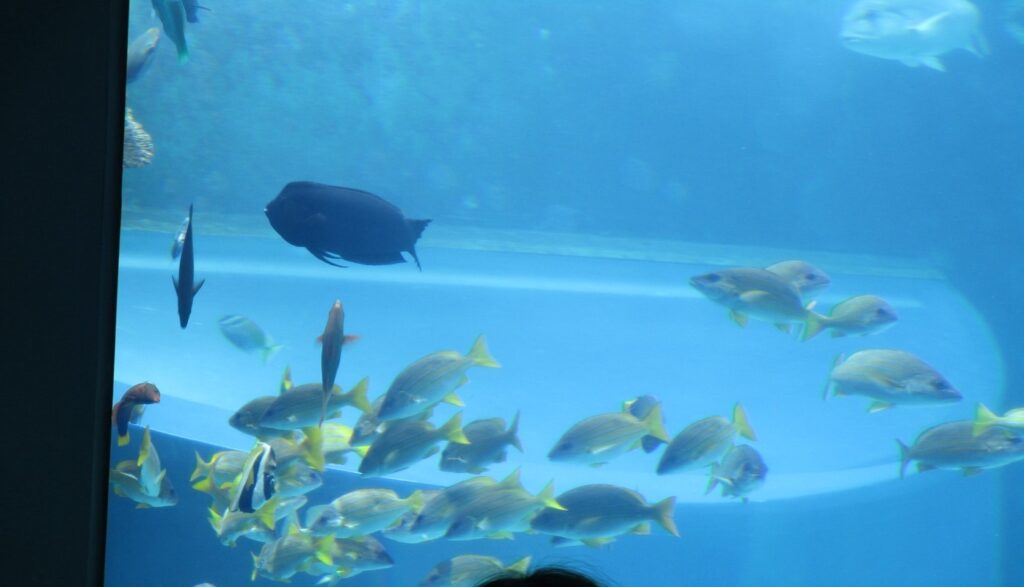
Photo Credit: Onyew Bongos-Ikwue
Now, I could talk to you about the butterfly park that also has access to some of the yummiest Okinawan Soba I have eaten.
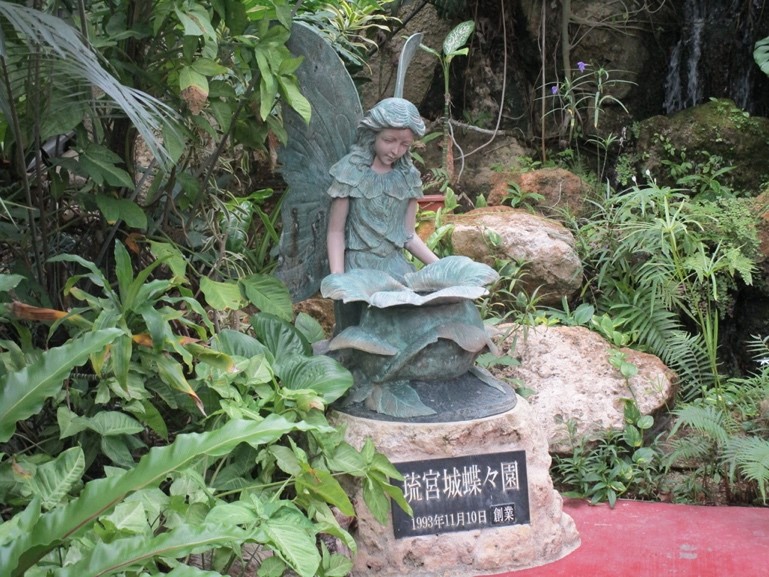
Photo Credit: Onyew Bongos-Ikwue
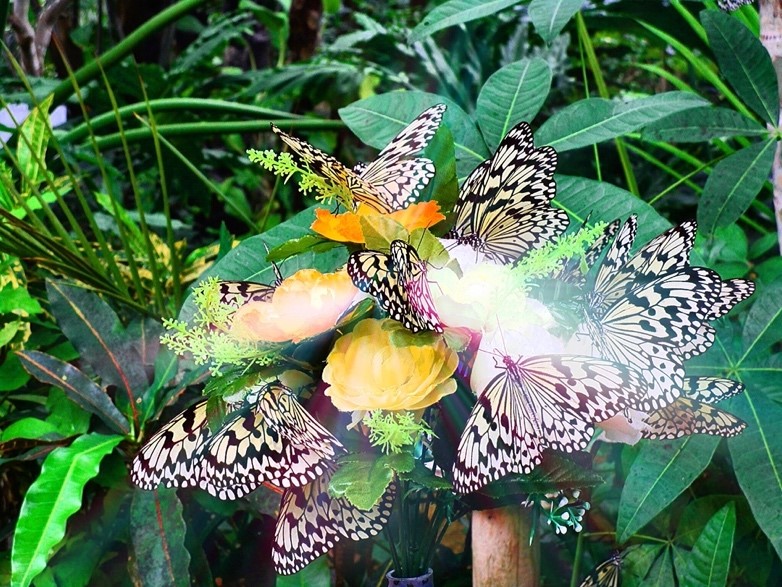
Photo Credit: Onyew Bongos-Ikwue
We could also visit the famed pineapple park and leave with some freshly-squeezed bottles of pineapple juice.
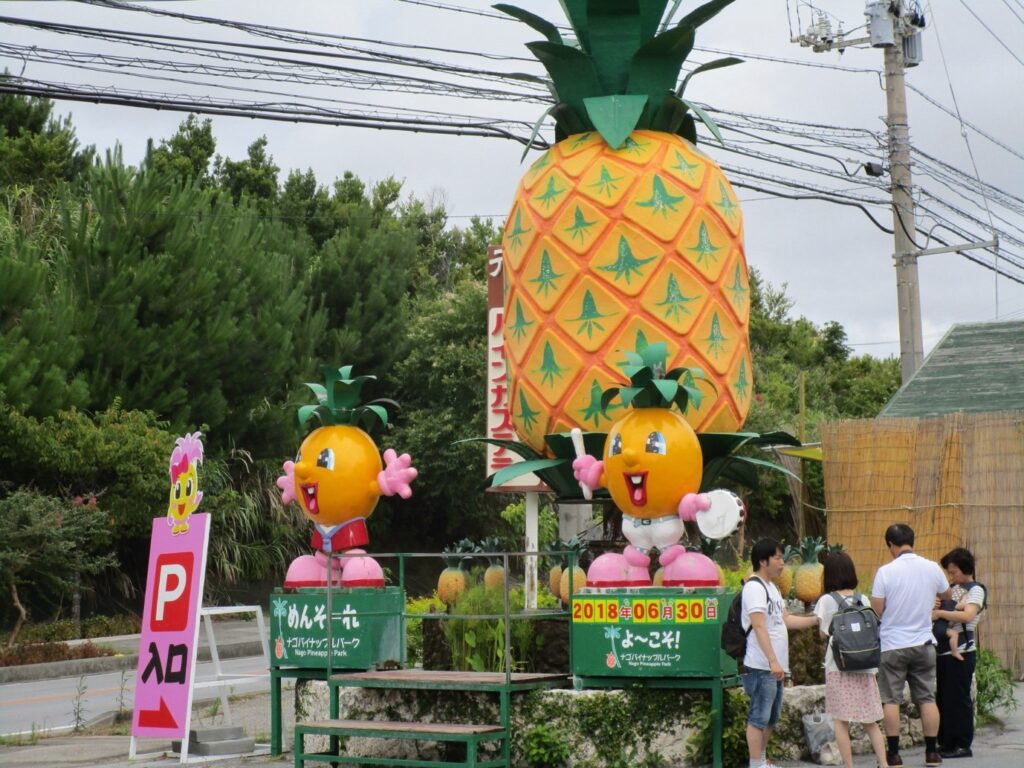
Photo Credit: Onyew Bongos-Ikwue
Or we could explore the deep surfaces of the ocean via snorkeling.
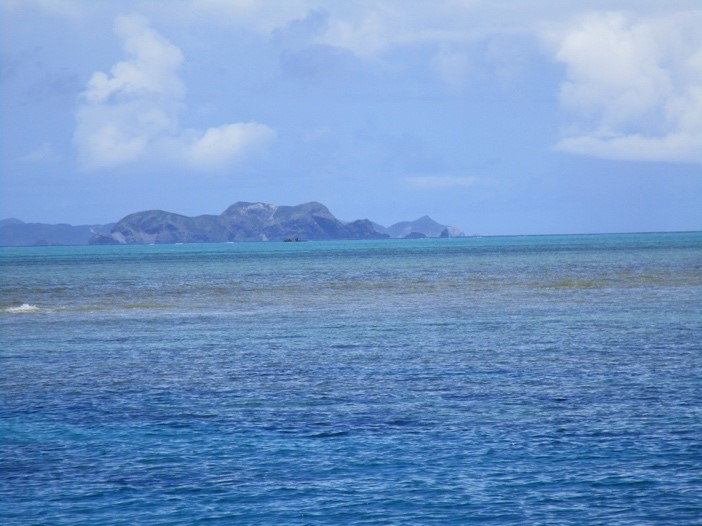
Photo Credit: Onyew Bongos-Ikwue
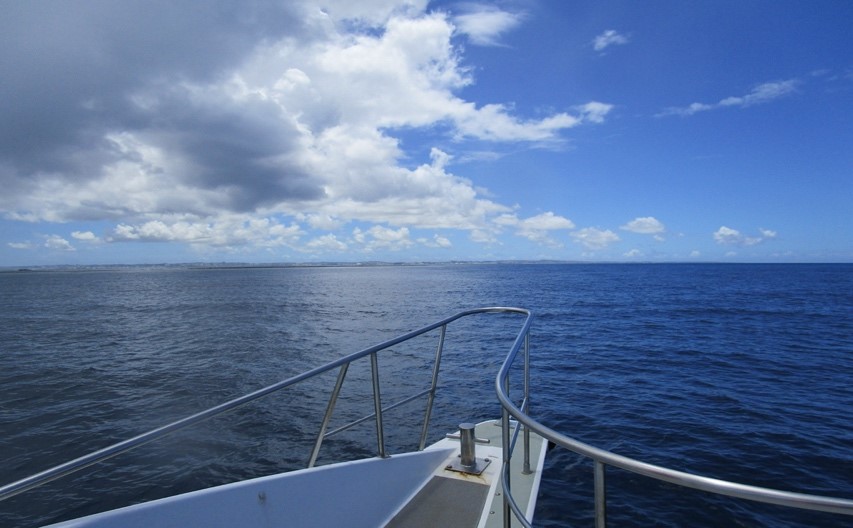
Photo Credit: Onyew Bongos-Ikwue
Sometimes though, you don’t want to spend a lot of money, but you do want to see, enjoy, and experience Okinawa at a leisurely pace. You might be having a lazy day, or an “I’m not spending any money today,” kind of day. All that I’m here to do is show you is two ways to have fun in Okinawa that add little or nothing to your budget. So, throw on your adventure gear, strap in, and come along with me.
Shisa Hunting
Random? Yes! Boring? Definitely not! But what exactly am I talking about? The Shisa or shi-shi is the Ryukyuan dog-lion that is, traditionally, believed to ward off evil spirits. Arriving at Okinawa from China in the 14th Century, these protectors are said to be descendants of the Chinese guardian lions. They resemble a cross between a lion and a dog, and often appear in pairs.
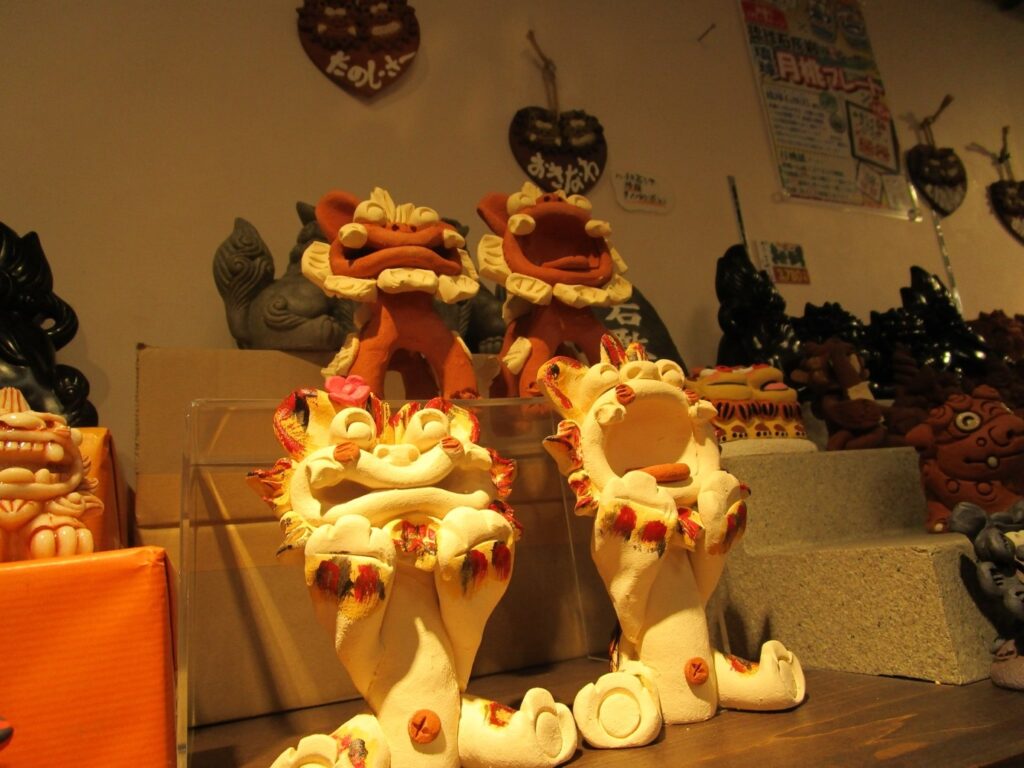
Photo Credit: Onyew Bongos-Ikwue
Just as interesting are the legends surrounding these great defenders of the Okinawans. There is a story about Shisa being gifted to an Okinawan King. Soon after, the village was attacked by an awful dragon that dwelled in Naha Bay. The dragon thundered and raged, rendering the villagers helpless. As they ran to the king, begging that his armies protect him, he too, felt like all was lost.
One night, as he paced the length of his gardens, he came across the Shisa that had been gifted to him. On a whim, he pled with them to protect his village. Legend has it that the inanimate Shisa came to life and roared like a great lion. The roar held such might that a great rock was dislodged from the sky, crushing the dragon. That rock, according to the story, became what is known as Ganna-mui Island.
Now that we know a little more about Shisa, what, dear friend, is Shisa hunting? Exactly what it sounds like, Hunt and “acquire” as many Shisa as possible. The acquisition methods differ. You can shoot the Shisa using your camera, sketch them or just spend a day spotting as many as you can find. Why? Because in Okinawa Shisa come in different shapes and sizes and are hidden in different places.
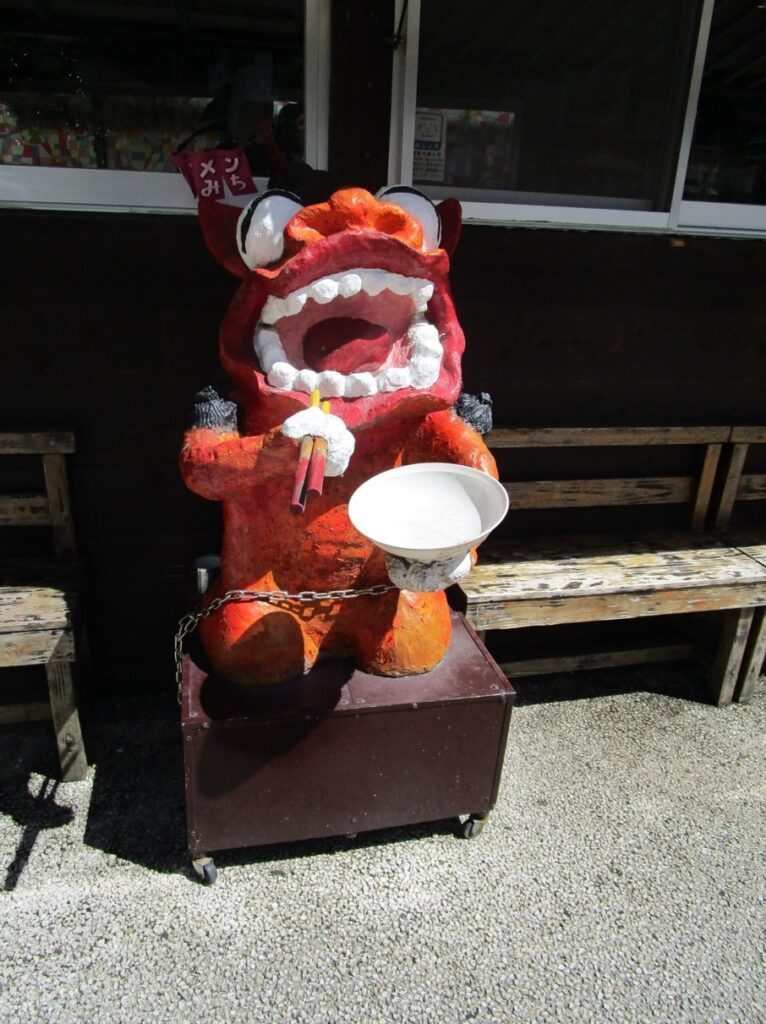
Photo Credit: Onyew Bongos-Ikwue
This Shisa couldn’t shut his mouth if he wanted!
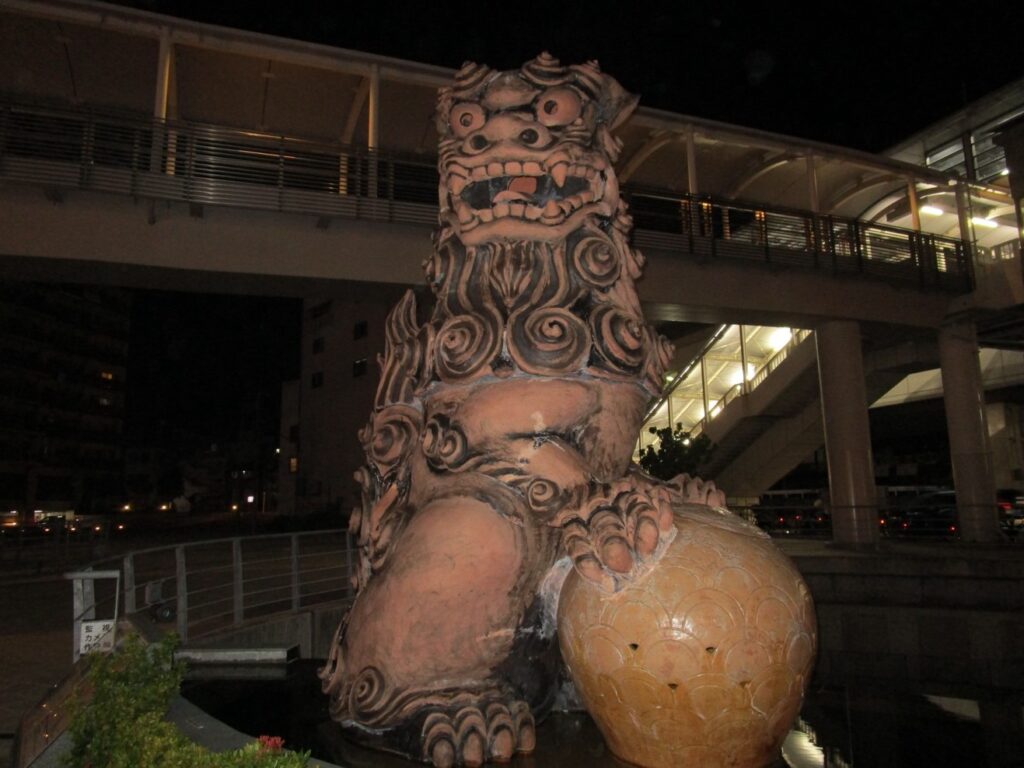
Photo Credit: Onyew Bongos-Ikwue
Legend is that Shisa with a sphere holds a concentration of good fortune and luck! Find as many as you can!
Be sure to catch a complete pair, as the legend is that a pair will complete the protection. One with mouth open to ward off bad spirits, the other with closed mouth to keep the good spirits around.
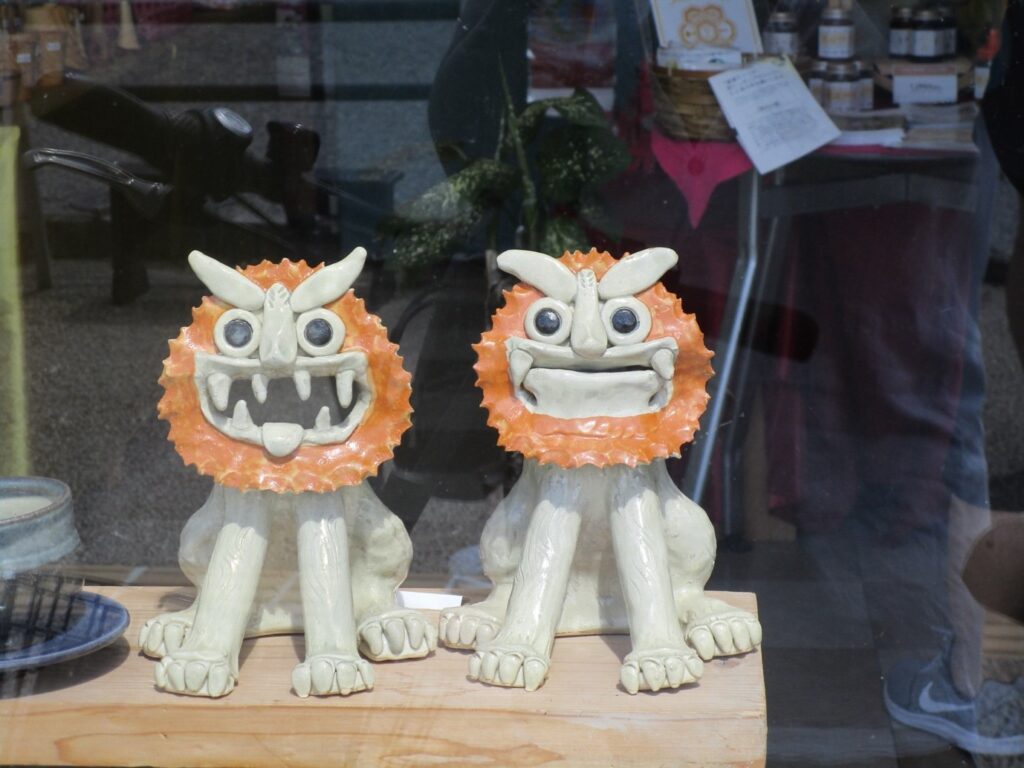
Photo Credit: Onyew Bongos-Ikwue, used with permission. Commercial use outside of this site is strictly prohibited.
This is a fun activity to do between activities as Shisa peep out at you from everywhere.
Spot this little guy in the wild!
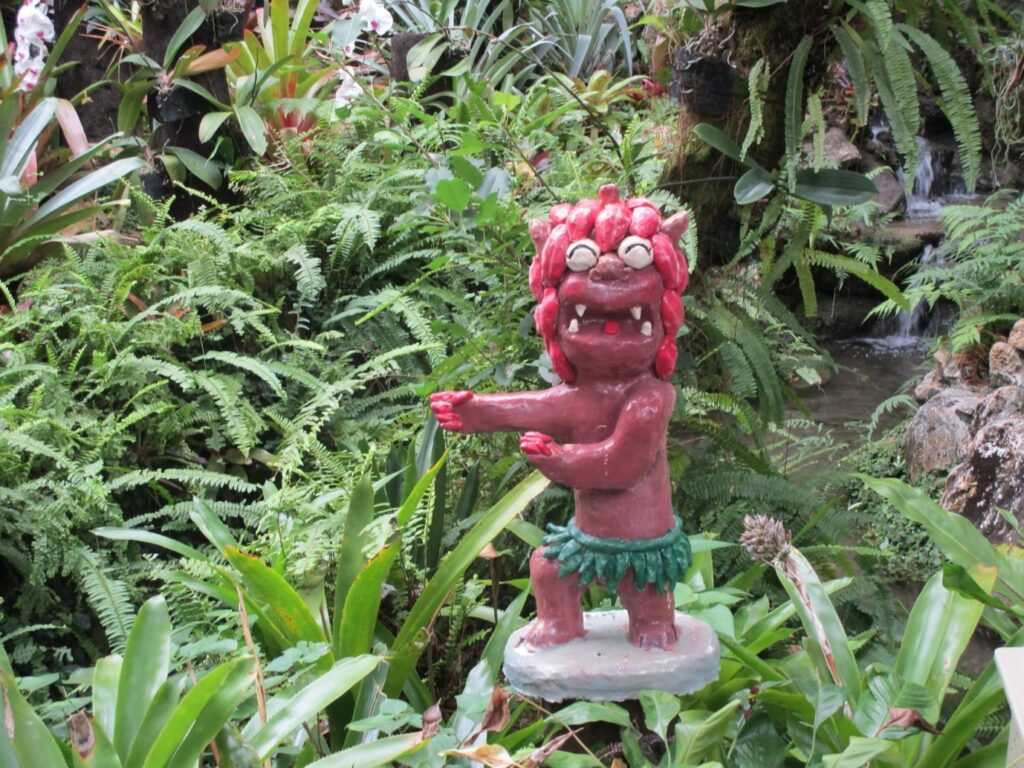
Photo Credit: Onyew Bongos-Ikwue, used with permission. Commercial use outside of this site is strictly prohibited.
Shurijo Castle Park
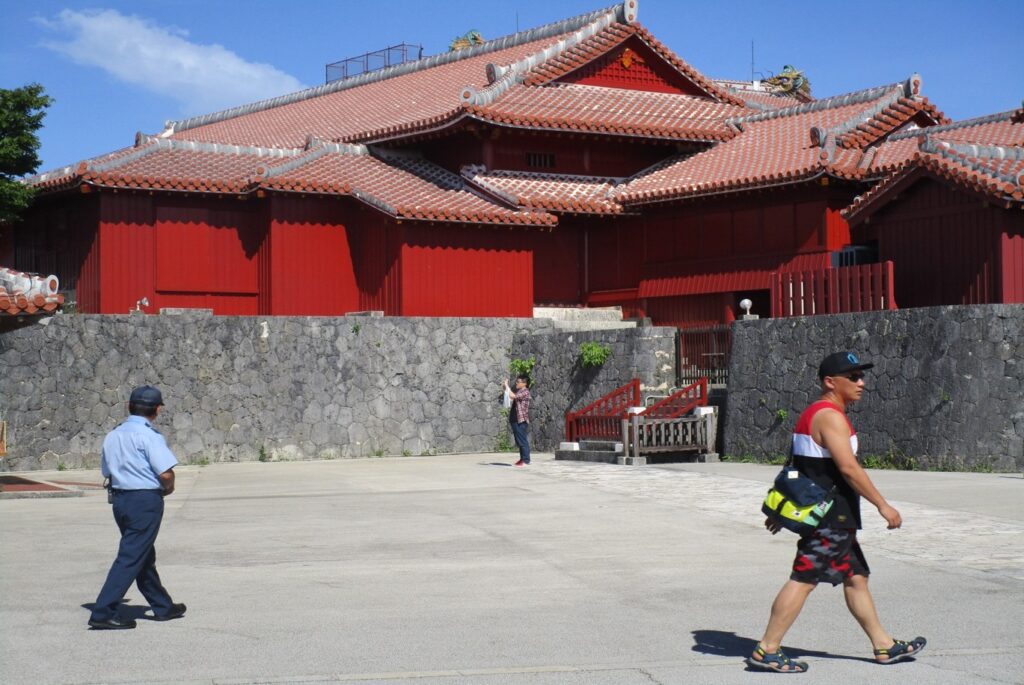
Photo Credit: Onyew Bongos-Ikwue
I know, I know. I said “free,” but hear me out for a second. Do you know that a large part of this World Heritage site is Admission Fee free? According to the website, the road to the Seiden (main chamber, main castle) and the vicinity of the Seiden are admission free.
Now this may sound like no big deal, but the Road to the Seiden comprises of the Shureimon or “the beautiful gate at the top”. This gate is elegantly constructed and is the main entrance to this castle. It also consists of other historical sites as the Ryuhi, Sappo Shichi (7 stone tablets close to the Ryuhi) and Kankaimon, the first gate leading to the inner castle walls. Kankaimon is guarded by (you guessed it) two stone Shisa welcoming the good visitors to the castle.
The Vicinity of the Seiden, which is the area around the Seiden is also free and offers a lot to sight seers. For instance, at the Hoshinmon – the last gate leading up to the Una at the Seiden – there is a gate opening ceremony called the Ukejo every morning. The Iri-no Azana is also free. From that vantage point a magnificent view of the City of Naha unfolds before the beholder. Other areas to view for free are Kofukumon, Shicha-nu Una and Suimi Utaki, to name a few.
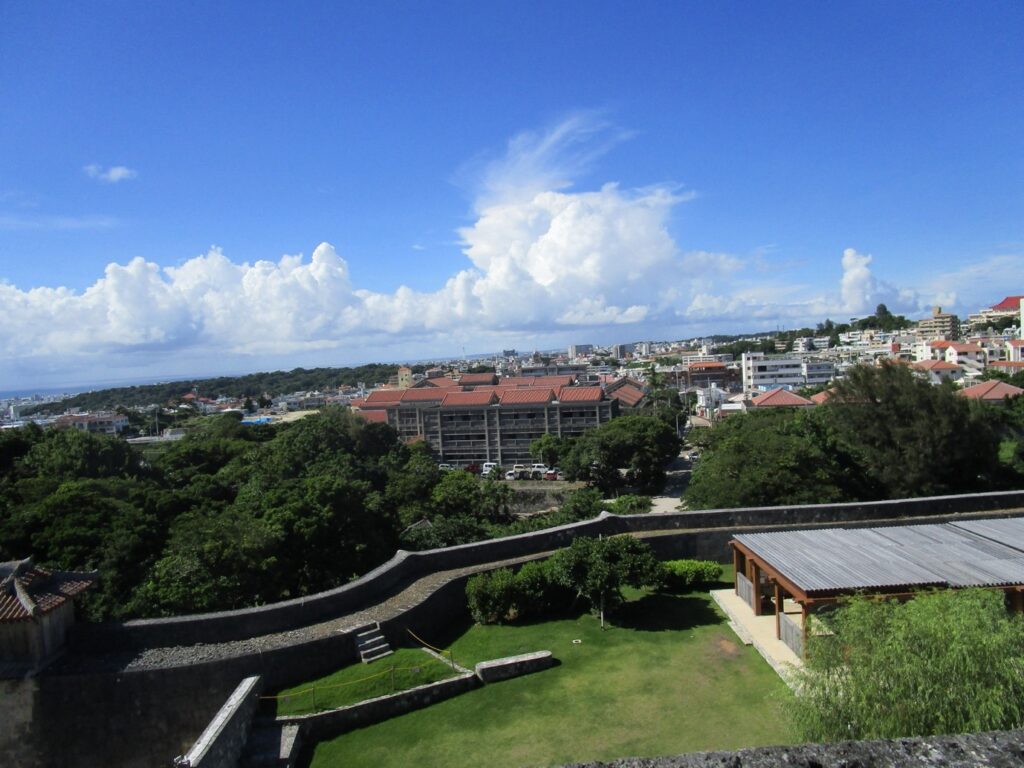
Photo Credit: Onyew Bongos-Ikwue
The View from Iri-no Azana!
I ought to mention here that tickets to the castle are budget-friendly and the interior is just as captivating as the exterior, presenting the viewer with rich cultural knowledge and historical anecdotes.
To conclude, Okinawa is a great place to visit and is chock full of places to go and activities to do. I just enjoyed doing these two things that cost nothing and I hope that if you ever get a chance to visit Okinawa you will try these two things. Especially Shisa hunting! Enjoy!
Photo Credits:
All photos used in this article were provided by and © Onyew Bongos-Ikwue (original author), used with permission. Commercial use outside of this site is strictly prohibited.
All other content (text) created by the original author and © 2022 MUSUBI by Borderlink
Like many places in the world, people in Japan love a little self-care. After a hard day or week at work, few things beat a soothing, relaxing bath. Japan boasts many onsen (hot springs), which can be enjoyed all year round.
But years of COVID-19 have done a number on the experience of going to the onsen. While some sense of normalcy has resumed, many newcomers to Japan are still hesitant to take the plunge at this stage.
With the help of a couple bath salts and bath bombs, you can almost sorta bring the onsen-like experience right inside your tub at home! It’s not quite the real thing, but it’s the next-best thing!
Recreating the Onsen Experience
Indulging in a hot bath full or aromatic salts is especially great in winter, but it can also be enjoyed any time of year. This is one of the core principles of the onsen.
It has long been believed that they can help cure diseases, as well as serve to drive away bad luck. The hot water full of minerals has positive effects on the skin, is good for the innards (especially cardiac & gastrointestinal systems) and helps with fatigue.
All that is well and good, but what if you can’t make it out to the nearest onsen? Well, one can replicate the feeling of taking a dip in mineralized hot water by using bath salts. There’s an amazing variety of bath salts out there with excellent healthy, beautifying effects. Bath salts in Japan come in a variety of vivid colors, aromas and even shapes. They are are popular with locals and visitors alike, often making great gifts to bring home. Now, let’s take a look at some!
Bath Salts
As mentioned, bath salts in Japan come in various sizes, shapes, colors and smells. There are the basic kind everyone would expect (pictured above) but there’s also special varieties made for kids. Some of the most famous bath salts are shaped like popular foods and candies.
For example, a type modeled after the famous candy Milky has gained much popularity in recent years. These bath salts can be strawberry or pineapple-scented. They come in a package that looks just like a packet of real Milky candies. When you take one out and put it in the bath, it fizzles as it melts, giving off just the right scent and color.
Bath salts can be found on the shelves of drug stores such as Matsumoto Kiyoshi, Tomod’s, Don Quixote, AEON and other supermarkets, as well as 100 yen shops like Daiso and CanDo. Department store specialty shops like LOFT carry more sophisticated brands.
Into the Woods
One type of bath salt that is especially popular among adults are the “natural” varieties. The relaxing aroma of the woodlands is perfect for the heated water, healing your tired, stiff muscles.
Some bath salts and powders are even directly derived from some of Japan’s most famous hot spring areas. Add a packet of these to your bath, and transform it immediately into your very own hot spring! The steam and aromas of onsen are said to have wonderful effects the mind and body.
Special medicated bath salts are also available. These can help relieve arthritis and back pain. Others can improve skin conditions such as eczema, acne, chapped skin and frostbite. There’s really not limit to what a good bath can do!
Bath Bombs
When you want your relaxing bath experience to have a bit more bang, go for a bath bomb. Bath bombs are hard-packed spherical mixtures that will rapidly fizz once added to water. They help you relax as they add color, bubbles, aromas, and essential oils to your bath. These will help your body feel more rejuvenated. Babb Forest Omotenashi is a personal favorite of mine.
After dissolving, these tablets release their effects. They can help with increasing blood circulation and relieving fatigue. A package of Babb Forest includes four kinds of bath tablets, with scents of camphor tree, Japanese cypress, green bamboo, and nadeshiko flowers. This one also tends to make me fall asleep faster, and I feel recharged rather than sluggish in the morning. I used to be so grumpy pushing my snooze button, but whenever I use this bath bomb, I get up ready to go.
So what are you waiting for? Head to the nearest drugstore, find one that suits your liking, and have a relaxing bath time!
Photo & Information Credits:
Additional information used in this article courtesy of Matcha.
All other content (text) created by the original author and © 2022 MUSUBI by Borderlink
Top Photo: かずなり777さん on PhotoAC
If you’re like me, during an afternoon break or right after you finish work, you look forward to having a nice afternoon snack. During my first few weeks in Japan, instead of hunting for the best ramen shops or sightseeing points, I asked co-workers and students their snack recommendations. Specifically, ones that were easy to obtain at the local supermarket or convenience store. Most of the snacks suggested were familiar, but had a different take on them compared to their counterparts in America.
Senbei (rice crackers)
Senbei, or rice crackers, were the most popular answer I received. Senbei are made of rice flour and are grilled or baked until hard and crunchy. As a lover of pretzels, these sounded perfect to fill that craving.
Much like pretzels, senbei come in different shapes and sizes, as well as different flavors. The more traditional flavors include soy sauce or plain salt. Sometimes they are wrapped with a piece of seaweed.
In more modern times, you will find more strongly-flavored senbei such as curry, wasabi, or other spicy seasonings. You can also find sweet senbei, but I recommend the savory style, especially paired with some tea or a lightly sweetened beverage.
Potato Snacks (potato chips, sticks, etc.)

Photo: Mustafa Bashari on Unsplash
For more than 200 years, potato chips have been a snack in western culture since their invention in the 1800’s. Naturally, this snack has made its way across the sea to Japan.
While you can find the regular salt flavor, it is the other flavors that change the potato snacks here into unique experiences. A good example of this is potato chips that are sprinkled with nori, otherwise known as seaweed. This is an interesting flavor that may not even be thought of in a western country. Another, and I have found this to be the most popular flavor, is consommé. Its salty and interesting flavor is quite different from anything I had before.
What is the most interesting part of potato snacks, and snacks in general in Japan, is the existence of seasonal flavors. These are different flavors that are only available in certain times of the year or in certain parts of the country. This led to me discovering the tastiest flavor, ume boshi, or pickled plum. This flavor is reminiscent of salt and vinegar-flavored chips, and would be my recommendation for a unique flavor to try.
Kit Kat
Most of us know Kit Kat as it is a chocolate snack sold around the world. What makes it an interesting snack in Japan is the abundance of different flavors that you can try. Almost any flavor you can imagine has been made and is available, or is at least a season or regional flavor. At last count, there were almost 300 or more flavors of Kit Kats available for purchase.
In the Tokyo area, the specialty flavor is rum raisin. If you go up north, the specialty flavor is edamame. Down on the southern island of Kyushu, the specialty is a special type of strawberry. If you want to try a spicy Kit Kat, you can find chili, wasabi, or kimchi flavors. A favorite of mine is the sweet potato Kit Kat.
In short, if you are a fan of Kit Kat or chocolate in general, Japan has ideas that could pique the snack adventurer in you.
These are just a few of the many snacks that Japan has to offer. They are simple, well-known, and generally available anywhere you go. Japan has a history of other well-known and traditional snacks, as well as newer and more modern ideas. When out exploring Japan, be sure to stop into any snack shop or convenience store you see and look around. You may find some unique and delicious snacks specific to that region!
Photo Credits:
Top Photo: かずなり777さん on PhotoAC
2 – Mustafa Bashari on Unsplash
All other content (text) created by the original author and © 2022 MUSUBI by Borderlink
Top photo: バタートーストさん on PhotoAC
MUSUBI celebrates 200 articles with one writer’s up-close experience with Japan’s wildlife.
Wildlife in Japan is amazing, beautiful and sometimes shows up in the strangest places. Japan is an amazing country, full of wondrous things, but sometimes these things are much closer than you think. Sometimes even, they’re alive and not so friendly. I have had some amazing encounters with wildlife in Japan, and I would like to share my experiences with you so that you can laugh a lot and learn a little.
All Aboard!
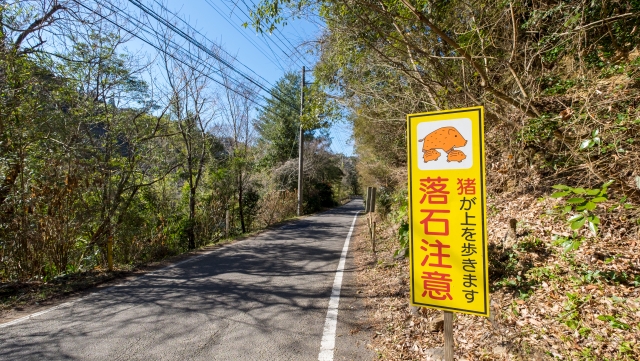
Photo: n********************tさん on PhotoAC
My first memorable experience involving wildlife in Japan was when I was a student in Hikone City. Hikone is a small town famous for its castle and being on the shores of Lake Biwa. Hikone is in Shiga prefecture, which is a very rural place. It is great if you like the outdoors. Some of the nearby mountains even get a enough snow to host ski resorts in the winter. One of my friends from Australia was teaching in Sanagu, Mie prefecture and he invited me out to take in the sights of this village famed for producing Ninjas.
It was at the end of the semester so I had just finished my exam and I was looking forward to getting out of the dorms to have some fun and see my friend. It was already around six at night by the time I was able to get to the train station near my university. It was going to take about an hour and a half to get there according to the station information. Perfect for a late dinner near the station and then we would go see the ninjas in the morning, I thought to myself.
I hopped on the train which is affectionately known as the “beer train” at Hikone station. It’s real name escapes me as I write this. In the fall the small local train dedicates one or two cars as a rolling bar so that people can drink and enjoy the fall colors of the mountains. It winds it way through the mountains to the east servicing a few small villages, never reaching a major metropolis.
The sky was already almost completely dark by the time the train left the station, but you could still see stars peeking between gaps in the mountains on either side of the train. It was a one-car train so I decided to sit near the front so that I could look through the driver’s window. The scene alternated between dense forests and rocky mountain outcroppings that the train would trundle along over looking a river far below.
Something Out There In The Dark
We passed a few stations and I was getting very excited to get off the train. Just then we plunged into a bamboo forest. The limited light from the stars was completely gone. Only the one lonely light on the front of the train illuminated the bamboo tunnel we were traveling through. To the left and right of the train was the blackest night I have ever seen. All seemed well but then I saw a shape on the tracks.
It was huge, brown and incredibly fast. It moved like a blur towards the train. While I was still trying to figure out what I was looking at there was a loud boom followed by screeching of metal on metal as the emergency brakes engaged. “Whatever it was we hit it!” I thought, upon reflection I am not sure if we hit it or if it hit us.
After the train screeched to a halt the driver informed us of what happened by opening the tiny window on the door that separated the drivers cab from the rest of the train. He told the four of us on that train that we had hit a wild boar and he was going to go take a look. As he jumped out and inspected the front of the train the look on his face told me everything I needed to know. “That thing is stuck”.
The driver made a few pitiful kicks at the creature stuck in the train and started walking back to the door. He promptly informed us that we were not going anywhere and that he was going to radio for help. After he finished his radio conversation I could tell that he looked remarkably relived. This gave me hope because I was already desperate to get off the train. He informed us that the repair crew was on its way to take care of the animal and that a back up train was being sent from up the line to pick us up.
We were nearly at my destination so I was incredibly relived with this news. I called my friend to let him know that I would be a little late but everything was going to be fine. I am not sure if the time frame for the back up train was mentioned when the driver addressed us, but in my mind it was soon. Then the hours started to tick by and I became desperate to get out of that train. Eventually, after a three-hour delay, we were able to board the back up train and make it to the ninja village.
I exited the train to a completely deserted station. That station definitely had the feel of a bygone era. Nearly everything was made from wooden planks with white and blue flecks of paint indicating that at one point in the distant past this may have been a busy station. Now a wooden box with a small hole in it stood in front of the ticket window.
Our Shared Experience
Luckily the battery on my phone lasted long enough to call my friend to pick me up at the station when I arrived. My friend was shocked at how late I was in getting there and suggested we get something for dinner before we went back to his place. We went to the local “inn” as it was the only restaurant in the tiny village. I recounted my story to the people of the village to which I got many nods and affirmations.
In my experience hitting a pig with a train was rare and unique thing. It was also very inconvenient, but to the people of this village it was almost a rite of passage. I can definitely relate to this. In my home state of Michigan we also have a rite of passage to complete before we can be accepted into the group.
If we switch the pig with a deer and the train with a car, it all makes sense. In Michigan it is expected that you have hit at least one deer with your car by the time you are twenty-five. My brother had three vehicle/deer encounters by the time he was twenty-five, and two of those were with a firetruck.
Even half a world away, it is still the same strange things that bring us together. No matter where we are, we all have more in common than we think.
Ready to create your own memorable adventures in Japan? Become an Assistant Language Teacher in Spring 2023, and start making some memories!
Photo Credits:
Top photo: バタートーストさん on PhotoAC
1 – n********************tさん on PhotoAC
All other content (text) created by the original author and © 2022 MUSUBI by Borderlink
Top photo: Berutaさん on PhotoAC
It’s time for some beach therapy!
As soon as the weather warms up, we blast our favorite summer songs and head for the beach! Of course, we never miss an opportunity to catch these memories on camera and then share them with our friends on social media.
Japan is known for many beautiful and scenic places, but its beaches are not necessarily one of them. However, Japan does have some wonderful beach spots for those who enjoy spending time by the water. By far some of the most gorgeous beaches in Japan are located on the Okinawa Islands. The prefecture of Okinawa has beaches that contain bright, clear blue water and sandy beaches making you feel like you’re on your dream tropical vacation. And if you do visit, just be sure to continue to keep the beaches clean!
Here is a short list of my favorite beaches!
Nishihama Beach
Nishihama Beach is found on Hateruma Island in Okinawa. This beach is perfect for those who are looking for the perfect summer getaway.
Miho Beach
Miho Beach in Shizuoka is a nice beach to go to to gather your thoughts as you gaze upon the perfect view. You can see Mount Fuji from this beach making it a perfect, scenic beach destination.
Amami Oshima
Located in the Kagoshima prefecture, this beach has beautiful, blue waters and classic, sandy beaches. The beaches are similar to the ones found in Okinawa as it is also geographically very close.
Shirahama Beach
Shirahama Beach, not to be confused with the one in Chiba, is located on the mainland in the Wakayama prefecture, and is known to have hot spring resorts with beautiful beaches. It can get crowded in the summer so get ready to claim your spot early beach towels in hand!
Were you surprised by all the beautiful beaches and waters in Japan? They’re quite a few places, some hidden gems, some well-known beaches, that will delight beach lovers and ocean lovers alike.
With all of these beaches please keep in mind that accessibility may vary or be closed depending on the season, weather conditions, and simply the change of times. Please make sure to do your research to make sure the beaches are open at any given time that you wish to visit.
Photo Credits:
Top photo: Berutaさん on PhotoAC
All other content (text) created by the original author and © 2022 MUSUBI by Borderlink
The Greater Tokyo Area enjoys an intricate web of rail lines and bus routes, which enables workers and students to commute to and from almost anywhere within the area. If you travel along the same route ever day, a teiki (commuter pass) is essential for saving you time and money. Best of all, you can stop off at any place along the way, so if you have a major connection point (like Shinjuku or Ikebukuro) that’s all the “free” trips to those areas you want on weekends.
If you commute to different locations throughout the week, or you’re just in the area for leisure, then perhaps a teiki is not the best option for you. Let’s explore a few alternatives.
Tokyo Metro 24-Hour Pass (¥600)
As the name implies, this pass is valid on any Tokyo Metro Line for 24 hours. You can buy it at the ticket machines near the ticket gates.
You will be guided to make several onscreen selections before the pass is issued. The first time it is inserted into a ticket gate, it will be time stamped with the expiration date and time (exactly 24 hours in the future).
Notes:
1.) Do not insert your Pasmo/Suica Card or cash into the ticket vending machine until prompted to do so; otherwise, the 24-Hour Pass will not be listed as a purchase option.
2.) The pass must be time stamped on the same day it is purchased.
3.) The time stamp only refers to the deadline for (re-)entering the system (24 hours plus a short grace period from the initial time stamping). You can exit the train system anytime on the expiration date.
Toei Marumoto 1-Day Ticket (¥700)
This is a 1-Day ticket for regular trains and buses operated by Toei (valid until the last train/ bus of the day of purchase – even after midnight). You can buy it at any Toei Vending machine.
Toei 1-Day Bus Pass (¥500)
This is a simple pass valid on Toei Buses (“Late Night Buses” are excluded) anywhere within the 23 Wards of Tokyo. You can purchase it upon boarding any Toei Bus. You may have it embedded in your Pasmo/Suica Card, or have it issued as a separate thin-plastic card.
Note:
You may not purchase this pass or charge your Pasmo/Suica card with anything larger that a ¥1,000 note and you can only charge your Pasmo/Suica card in multiples of ¥1,000. (¥1 and ¥5 coins are not accepted.)
Tokyo Metro/Toei 1-Day Train Pass (¥900)
This pass is available at any Toei or Tokyo Metro Train Station. You can use it on any subway in Tokyo. It is valid until the last train of the day of purchase – even after midnight.
All Tokyo 1-Day Pass (¥1600)
Although this pass covers all non-limited express JR trains within the 23 Wards of Tokyo, all Tokyo Metro lines, and all Toei train lines & bus routes, it is usually not the most economical choice. It is valid until the last train of the day of purchase – even after midnight.
Whichever pass you choose, all of them have advantages over having to purchase an individual ticket or constantly topping off your IC card. Whatever you settle on, have fun traveling around Tokyo!
Photo Credits:
All other content (text) created by the original author and © 2022 MUSUBI by Borderlink
There’s nothing better than the sizzle and crack of profusely sweating meat juices while sitting around a semi-open fire in the middle of your dining table. I will admit that I don’t like Kansai’s summer heat at all. But even if it’s a gazillion degrees in whatever measurement you prefer outside, I will always sit down at a table with that promising smell and smoldering heat coming from the hole in the middle.
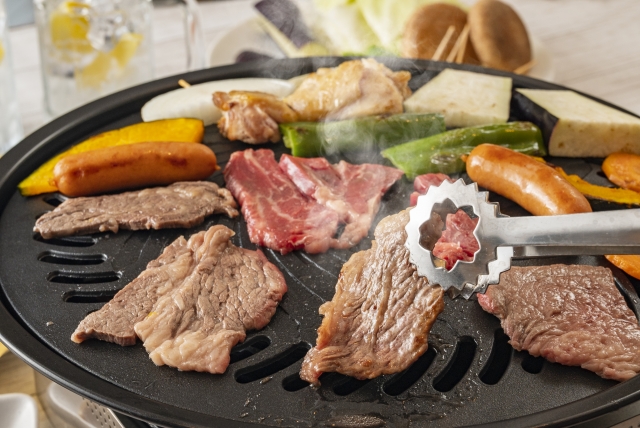
Photo: チリーズさん on PhotoAC
Yakiniku: Japanese-style Korean-style BBQ
Yakiniku originally came from Korea, but is to Japan what pizza is to the USA in how much it has culturally transcended. There are good-to-excellent yakiniku places at almost every street corner in this beautiful country. Even in the most 田舎 (inaka, rural) of places, you can find them.
So, what exactly is yakiniku and why should you absolutely try it out? Let me try to run you through a visit at a yakiniku restaurant, and you might understand. I think everyone enjoys a good BBQ. As most of you will probably have realized, doing BBQ the same way we would back in our home countries would be economically devastating, given the price of meat in Japan. Not to mention the price of the grill!
That’s where yakiniku comes in. Most places offer a usually reasonably-priced “All you can eat” plan, or 食べ放題 (tabehoudai) as it is called in Japan. With this, you can satisfy your “Need for Meat” for 60 or 90 minutes (depending on the place). Often, there are different tiers, dictating your choices of meat and side dishes, as well as an option for all-you-can-drink, or 飲み放題 (nomihoudai). Side dishes include everything from the always-popular edamame (immature soybeans) to karaage.
The Basics
So, you studied the menu, decided on your tier of tabehoudai, and accompanying drink option, but what’s next?
You will either receive a big platter, or many small platters with meaty goodness (or veggies, no discrimination against our vegetarian friends). If there is one set of tongs more than you need, you’re using one for rare and one for cooked meat. Once again, if you have vegetarian company, you could use one strictly for veggies, or ask for one more pair).
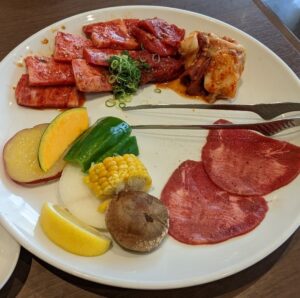
A “Special Lunch set”. Photo by Dennis
My recommendation is to start with the least fatty meat and work yourself up the fat scale. More fat = more dripping resulting in more flames. If you do have a little bit of a fiery situation, don’t hesitate to ask staff for ice cubes to cool the grill. You can even request a new grill grate to put over your “campfire” if things get too charred.
So Much Meat, and More!
There are many kinds of meat on the menu, and I highly suggest you choose things that are not common in your home country. As you’ll soon find, most of it is amazing.
One thing that might be more of an acquired taste is ホルモン (horumon, leftovers). The meaning of horumon could be roughly translated with “things to be thrown away”, and it’s used mostly for internal organs and meat that wouldn’t find it’s way into other dishes. But with the right cut, the perfect sauce, and a nice dark grilled color, it can be amazing.
If you want to play it safe, カルビ (kalbi) or ハラミ (harami) would be the safest bet, very tender cuts of beef that, when medium rare to rare, almost melt on your tongue.
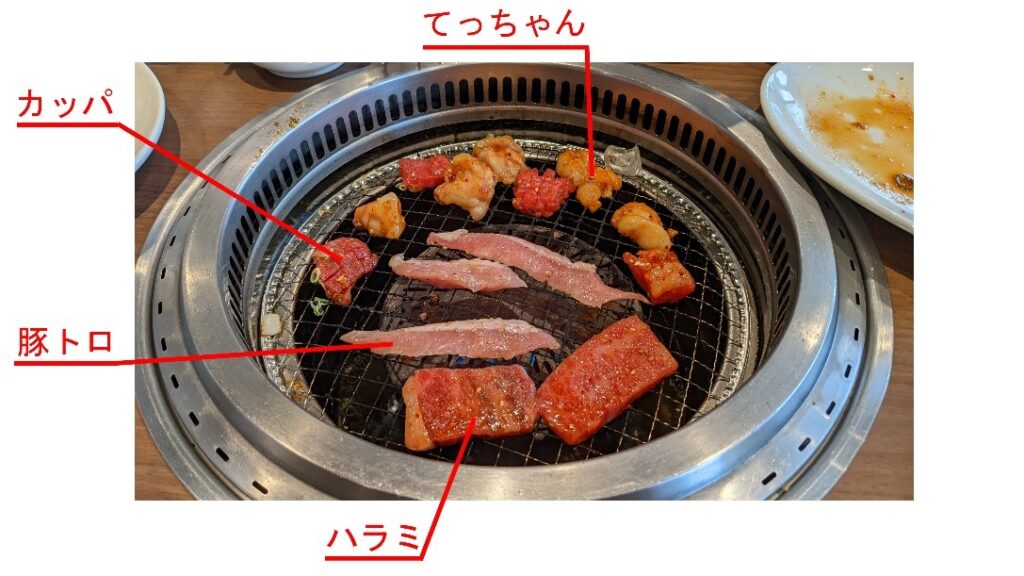
Various kinds of meat. Photo by Dennis
There is so much variety to taste from, that you will need every minute of your tabehoudai. And then it comes, the dreadful point in time, when you hear the words “last order”. Most of the places I’ve been to have a small but solid dessert menu. Everything from coffee and cake to Japanese sweets and of course, soft serve (or standard) ice cream. And if it’s included in your course, order something from the dessert menu as well, to give your stomach a little time to calm down, before leaving the establishment. My go-to combination is the complimentary green tea, paired with vanilla ice.
Now that you have finished your dessert, there is not much more to do then pay the bill and get on your way. There is usually a card somewhere on or attached to the table, with your tab. Take that to the register, pay up, and you are golden. With an audible, but not too loud ごちそうさまでした! (gouchisousama deshita, Thank you for the meal) you can start your journey home.
A Delicious Conclusion
I have yet to come across a yakiniku place, that has not satisfied me. Although I will say, that with yakiniku especially, you should not shoot for the cheapest price possible. The only thing the restaurants could save on would be the meat they serve you. So, my recommendation is this: use yakiniku, not as a quick bite when on the run, but rather as a treat for the hard work you did. You won’t regret it.
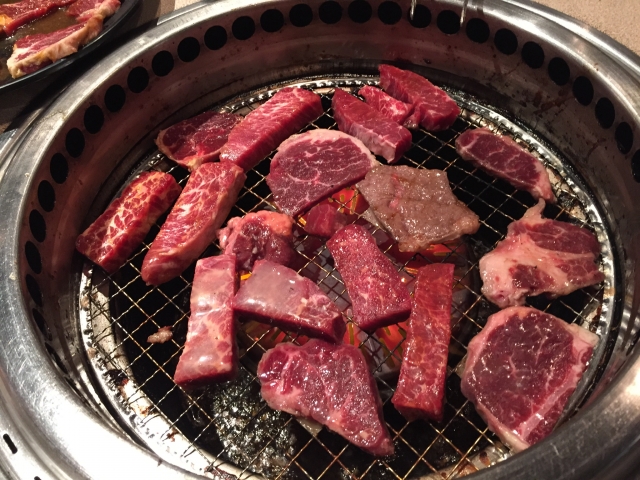
Photo: OKphotoacさん on PhotoAC
Photo Credits:
Additional photos provided by and © Dennis (original author), used with permission. Commercial use outside of this site is strictly prohibited.
All other content (text) created by the original author and © 2022 MUSUBI by Borderlink
Top photo: kotestu427さん on PhotoAC
In this article, I am going to be discussing the different ways in which you can stay healthy whilst living in Japan. Whilst the methods might be similar to how you would in other countries, there are still a few things to keep in mind when preparing to move to Japan, or even if you are already here and are planning on trying to change to a healthier lifestyle.
Eating Healthy In Japan
Breakfast
When you want to have a healthy breakfast in Japan, it is relatively easy. At home, you can have fruit or cereal, even though they might be slightly more expensive. However, you also have other alternatives like cereal bars, protein bars, and well-balanced snack bars which you can buy in every supermarket.
Whilst the fruit might be more expensive than in your home country, you can still find relatively cheap fruit as long as you are not picky. The bars will be relatively cheap, costing anywhere from 100-150 yen typically. One thing to be careful of is the selection of bread Japan has. Whether you go into a conbini or a supermarket, you will also see the sweet bread section with a variety of different options, whilst these might be cheap, they are not exactly healthy, so it is something to beware of.
Lunch
As an ALT, lunch will be one of the most effortless meals. At most schools, you will be allowed to have the school lunch called “Kyuushoku” in Japanese. Kyuushoku is a well-balanced meal served to the students and will cost you about 300 yen. The schools have nutritionists who make well-balanced meals for the kids. Meaning it will also be well-balanced for you and cheap.
There is also a lot of day-to-day variety so you will never get bored of the meals. On the days you are not at school, or because you do not want the school lunches. There are varieties of different food options in both conbini‘s and supermarkets, such as rice balls, sushi, and noodles. There are other options such as fried foods that are unhealthier. However, remember to treat yourself from time to time.
Dinner
There is a lot of variety when it comes to dinner in Japan. The first option is to cook at home. Cooking at home can be cheap or expensive depending on your cooking. Japan has a lot of foreign shops where you might be able to find ingredients from your own country, however, these will tend to be more expensive than Japanese-sourced foods.
So if you learn how to cook Japanese foods, then it’ll most likely be cheaper in the long run. Keep in mind when cooking at home, that you will most likely not have much cooking space, one hob, a toaster, and a grill. You will not have an oven, so that will play a big role in what you can and can’t cook depending on what country you are from.
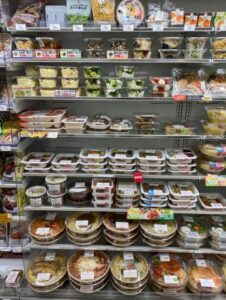 Just like with lunch, you can also buy your dinner from the conbini or supermarket. One thing I learnt was that if you go to the supermarket around 7 pm or later, you will be able to find discounted, premade meals that you can microwave at home. There will be a variety of unhealthy foods and healthy foods so you can eat healthily and treat yourself every once in a while. All for about 2-300 yen per portion.
Just like with lunch, you can also buy your dinner from the conbini or supermarket. One thing I learnt was that if you go to the supermarket around 7 pm or later, you will be able to find discounted, premade meals that you can microwave at home. There will be a variety of unhealthy foods and healthy foods so you can eat healthily and treat yourself every once in a while. All for about 2-300 yen per portion.
The final option is eating out, whilst a lot of Japanese food might seem healthy, it’s worth keeping in mind that not all are. Whilst portion sizes might be small and they might seem healthy, a lot of Japanese foods are fried and contain a lot of salt. The healthier food options tend to be more expensive but are still affordable on the wage of an ALT. Japan has a variety of foreign restaurants and Japanese restaurants, so you will definitely be able to find something you enjoy.
Exercising in Japan
Exercising in Japan is relatively easy and can be cheap depending on what type of exercise you intend on doing. The hardest part about exercising in Japan is having the motivation to start and continue.
Gyms
Unfortunately, Gyms can be expensive in Japan. The monthly cost ranges from 8000-14000 yen (Within Tokyo). However, the first month will typically set you back about 20,000 yen because you will pay for two months and also a joining fee.
 However, in gyms like Anytime Fitness, this means you won’t be charged for the second month with the payments will start coming out of your bank from the third month due to having paid two months upfront.
However, in gyms like Anytime Fitness, this means you won’t be charged for the second month with the payments will start coming out of your bank from the third month due to having paid two months upfront.
So whilst the set-up fee might be a big chunk at the start, after that, it is still very affordable to go to the gym on the wage of an ALT. Keep in mind that gyms will require you to cover up tattoos you have, and some will even refuse entry due to the tattoos.
Running/Walking
 If you would rather not spend the money on going to the gym, and at home exercise is impossible due to the size of your apartment, a cheap form of exercise is walking or running.
If you would rather not spend the money on going to the gym, and at home exercise is impossible due to the size of your apartment, a cheap form of exercise is walking or running.
All you need for this is running gear such as a shirt, shorts, and running shoes. All of which can be bought for under 10,000 yen. You can download apps on your phone to keep track of what exercise you do, how many calories you lose, and the distance you run.
Running around cities like Tokyo is pretty safe, and you will see many people of different genders running even at night. However, it can be a bit of a pain with the amount of waiting at traffic lights. If you are in bigger cities and would rather run with other people, there are plenty of events on sites such as Meetup where you can participate in running events with other people and make friends at the same time.
For example, one of the runs which I do is the famous Imperial Palace run which is a 5km run around the Imperial Palace. I do this with people I’ve met off Meetup and we do it every week.
Hiking/Nature
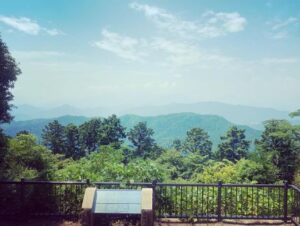 Whilst living in Japan you will have the brilliant opportunity to experience the abundance of nature that Japan has to offer. Even if you are in a major city, you will also be on a short train journey away from the countryside and be able to hike in the mountains of Japan. For example, if you are in Tokyo, you can easily travel toward Takao and climb up Mount Takao which has a selection of different courses depending on your skill level.
Whilst living in Japan you will have the brilliant opportunity to experience the abundance of nature that Japan has to offer. Even if you are in a major city, you will also be on a short train journey away from the countryside and be able to hike in the mountains of Japan. For example, if you are in Tokyo, you can easily travel toward Takao and climb up Mount Takao which has a selection of different courses depending on your skill level.
There are also several other mountains in the area of Tokyo. You can even go to surrounding prefectures for the day such as Yamanashi, Gunma, and Tochigi if you are in Tokyo. If you are in Kansai, you’ll have Hyogo, Kyoto, Nara, and Wakayama with mountains which you can climb or normal hiking routes which make for good days out.
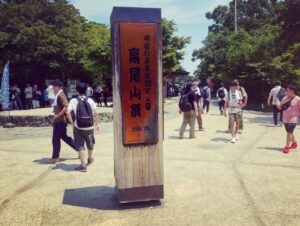 During your month off in August, you will also have time to explore further areas of Japan. For example, one of the most popular climbs in August is the Mt. Fuji climb, which for the cost of about 20,000 yen, you can buy a tour package which includes a return coach journey, a night in the hut near the summit of Mt. Fuji, and also summiting Fuji for sunrise. These are just a few of the many activities that you can find in Japan.
During your month off in August, you will also have time to explore further areas of Japan. For example, one of the most popular climbs in August is the Mt. Fuji climb, which for the cost of about 20,000 yen, you can buy a tour package which includes a return coach journey, a night in the hut near the summit of Mt. Fuji, and also summiting Fuji for sunrise. These are just a few of the many activities that you can find in Japan.
In Conclusion
Being healthy isn’t hard, it doesn’t have to be expensive either, no matter what your budget it is, there are always ways to be healthy here in Japan so once you arrive you can test different methods and find the best method for yourself.
By being healthy, you will keep yourself in better condition to tackle the job more efficiently, give the kids a better experience and opinion of a foreign world and your general mood will be better and you’ll also be able to explore more of Japan and enjoy your time here. Whilst it is a job, you still want to be making sure that you are enjoying this experience as much as possible.
Photo & Information Credits:
Top photo: kotestu427さん on PhotoAC
All additional images taken and provided by the original author, used with permission
All other content (text) created by the original author and © 2022 MUSUBI by Borderlink

